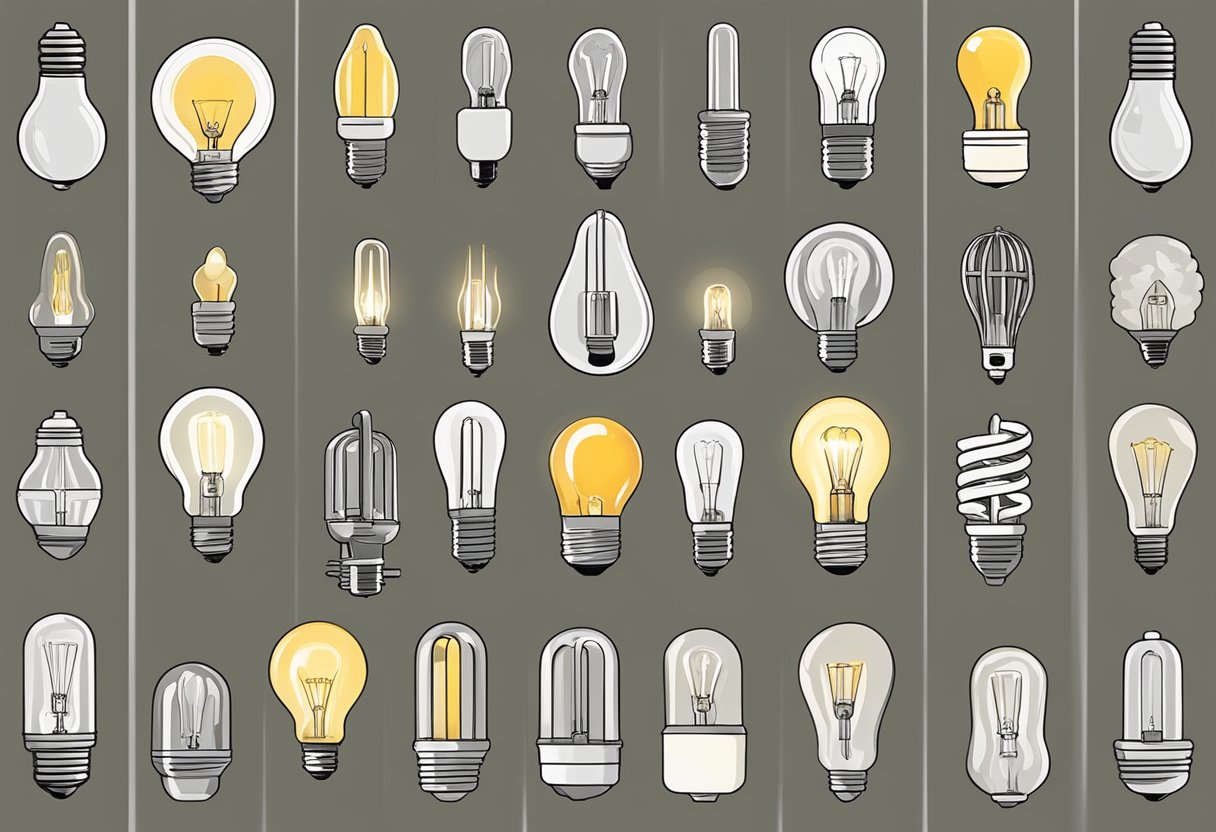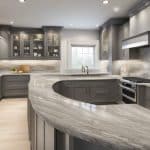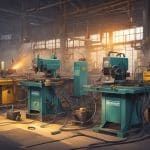Types Of Light Bulbs
Light bulbs are an essential part of modern life. They light up our homes, offices, and streets, enabling us to see and work at night. The invention of the light bulb revolutionized the way we live, and today there are many different types of light bulbs available to choose from. In this article, we will explore the different types of light bulbs, their technical specifications, bulb design and fittings, and light bulb applications.
The history of light bulbs goes back more than 200 years. The first electric light bulb was invented by Sir Humphry Davy in 1802, but it was not until 1879 that Thomas Edison invented the first commercially successful incandescent light bulb. Since then, there have been many advancements in light bulb technology, including the development of fluorescent, halogen, and LED bulbs. Each type of light bulb has its own unique features and benefits, making it important to choose the right one for your needs.
Key Takeaways
- There are many different types of light bulbs available, including incandescent, fluorescent, halogen, and LED bulbs.
- When choosing a light bulb, it is important to consider technical specifications such as color temperature, energy efficiency, and lumens.
- Different light bulbs are designed for different applications, such as task lighting, accent lighting, and general lighting.
History and Basics of Light Bulbs

Light bulbs have been around for over a century, and they have come a long way since their inception. The first practical incandescent light bulb was invented by Thomas Edison in 1879, which used a filament made of carbon. However, the filament burned out quickly, and it was not very efficient. Over time, the design was improved, and tungsten filament replaced carbon, which increased the lifespan of the bulb.
Incandescent Light Bulbs
Incandescent bulbs are the most common type of light bulbs. They are made of a glass bulb that contains a tungsten filament. When electricity passes through the filament, it heats up and produces light. Incandescent bulbs are cheap and easy to use, but they are not very energy-efficient. They also have a relatively short lifespan compared to other types of bulbs.
Halogen Bulbs
Halogen bulbs are a type of incandescent bulb that uses a halogen gas to increase efficiency. The gas helps to recycle the tungsten filament, which makes the bulb last longer. Halogen bulbs are more energy-efficient than traditional incandescent bulbs, and they produce a brighter light. They are commonly used in outdoor lighting, task lighting, and floodlights.
Overall, light bulbs have come a long way since their inception, and there are now many different types of bulbs to choose from. While incandescent and halogen bulbs remain popular, there are also newer types of bulbs such as LED and CFL bulbs that are more energy-efficient and have longer lifespans.
Modern Light Bulbs
As technology has advanced, so have the types of light bulbs available on the market. Modern light bulbs are designed to be more energy-efficient and long-lasting than their predecessors. Two of the most popular types of modern light bulbs are Compact Fluorescent Lamps (CFLs) and LED bulbs.
Compact Fluorescent Lamps
CFLs are a type of fluorescent light bulb that use less energy than traditional incandescent bulbs. They work by passing an electric current through a tube filled with gas and a small amount of mercury vapor. This process produces ultraviolet light, which is then converted into visible light by a phosphorescent coating on the inside of the bulb. CFLs are known for their energy efficiency and long lifespan, which can be up to 10 times longer than incandescent bulbs.
LED Bulbs
LED bulbs use a semiconductor material to produce light instead of a filament or gas. This material is known as a diode, which emits light when an electric current is passed through it. LED bulbs are highly energy-efficient, using up to 80% less energy than traditional incandescent bulbs. They also have a long lifespan, with some bulbs lasting up to 25 years.
LED bulbs are available in a variety of shapes and sizes, making them a versatile choice for a range of lighting needs. They are also known for their durability, as they are less likely to break or shatter than other types of bulbs. Additionally, LED bulbs do not contain any hazardous materials, such as mercury, making them a safer and more environmentally friendly option.
In conclusion, modern light bulbs like CFLs and LED bulbs are designed to be energy-efficient, long-lasting, and environmentally friendly. By choosing these types of bulbs, consumers can save money on their energy bills while also reducing their carbon footprint.
Technical Specifications
Wattage and Lumens
When it comes to light bulbs, wattage and lumens are two important technical specifications to consider. Wattage refers to the amount of power that a bulb uses, while lumens refer to the amount of light that a bulb produces. In general, the higher the wattage, the more power a bulb uses, and the higher the lumens, the brighter the light.
However, it is important to note that wattage and lumens are not always directly proportional. For example, LED bulbs can produce the same amount of light as traditional incandescent bulbs while using significantly less power. Therefore, when choosing a light bulb, it is important to consider both wattage and lumens to ensure that you are getting the right amount of light for your needs while also minimizing energy consumption.
Color Temperature
Another important technical specification to consider when choosing a light bulb is color temperature. Color temperature refers to the color of the light that a bulb produces, and is measured in Kelvin (K). Lower Kelvin values (2700K-3000K) produce warm, yellowish light that is often used in residential settings, while higher Kelvin values (5000K-6500K) produce cool, bluish light that is often used in commercial and industrial settings.
It is important to choose the right color temperature for your needs, as the color of the light can have a significant impact on the mood and atmosphere of a space. For example, warm light is often used in bedrooms and living rooms to create a cozy, relaxing atmosphere, while cool light is often used in offices and workspaces to promote productivity and alertness.
Bulb Design and Fittings
When it comes to light bulbs, one of the most important things to consider is the design and fittings of the bulb. This includes the shape and base of the bulb, as well as any specialty features that may be required for specific applications.
Bulb Shapes and Bases
Light bulb shapes and bases can vary widely, and it’s important to choose the right one for your needs. The most common bulb shapes include A19, A15, C7, and T12, each with their own unique characteristics and applications.
The A19 and A15 bulbs are both standard sizes and are commonly used in household fixtures. The A19 is slightly larger and provides more light output, while the A15 is smaller and more compact. The C7 bulb is smaller still, typically used in decorative lighting applications such as Christmas lights. The T12 bulb is larger and typically used in commercial and industrial applications.
The base of the bulb is also an important consideration, as it determines how the bulb connects to the fixture. Common bulb bases include E26, E12, and GU10. The E26 base is the standard size for most household fixtures, while the E12 base is smaller and typically used in decorative lighting. The GU10 base is used in track lighting and other specialty applications.
Specialty Bulbs
In addition to standard bulb shapes and bases, there are also a variety of specialty bulbs available for specific applications. These can include dimmable bulbs, colored bulbs, and bulbs with specialized coatings or filaments.
When choosing a specialty bulb, it’s important to consider the specific needs of your application. For example, a dimmable bulb may be necessary for a room with a dimmer switch, while a colored bulb may be used for decorative lighting purposes.
Overall, choosing the right bulb design and fitting is essential for achieving the desired lighting effect and ensuring optimal performance. By considering factors such as bulb shape, base, and specialty features, you can select the perfect bulb for your needs.
Light Bulb Applications
When it comes to lighting applications, light bulbs can be used in a variety of settings. From residential to commercial and industrial lighting, the right type of light bulb can make all the difference in creating the perfect ambiance and providing adequate illumination.
Residential Lighting
In residential settings, light bulbs are primarily used for reading, general illumination, and creating ambiance. Depending on the size of the room, the square footage, and the desired level of brightness, different types of light bulbs can be used. For example, LED bulbs are energy-efficient and can provide bright, white light, making them ideal for reading and general illumination. On the other hand, incandescent bulbs can provide a warm, soft light that is perfect for creating a cozy ambiance.
Commercial and Industrial Lighting
In commercial and industrial settings, light bulbs are used for a variety of purposes, including spotlight bulbs, general illumination, and theatre lighting. For example, halogen bulbs are often used for spotlighting, as they can provide a bright, focused beam of light. Fluorescent bulbs are commonly used for general illumination, as they are energy-efficient and can provide a bright, even light that is ideal for large spaces. Theatre lighting, on the other hand, often uses special bulbs that can create a range of colors and effects, such as gels and gobos.
Overall, the right type of light bulb can make all the difference in creating the perfect lighting for any setting. Whether you’re looking for energy-efficient options or bulbs that can create a specific ambiance, there are plenty of options available to suit your needs.






